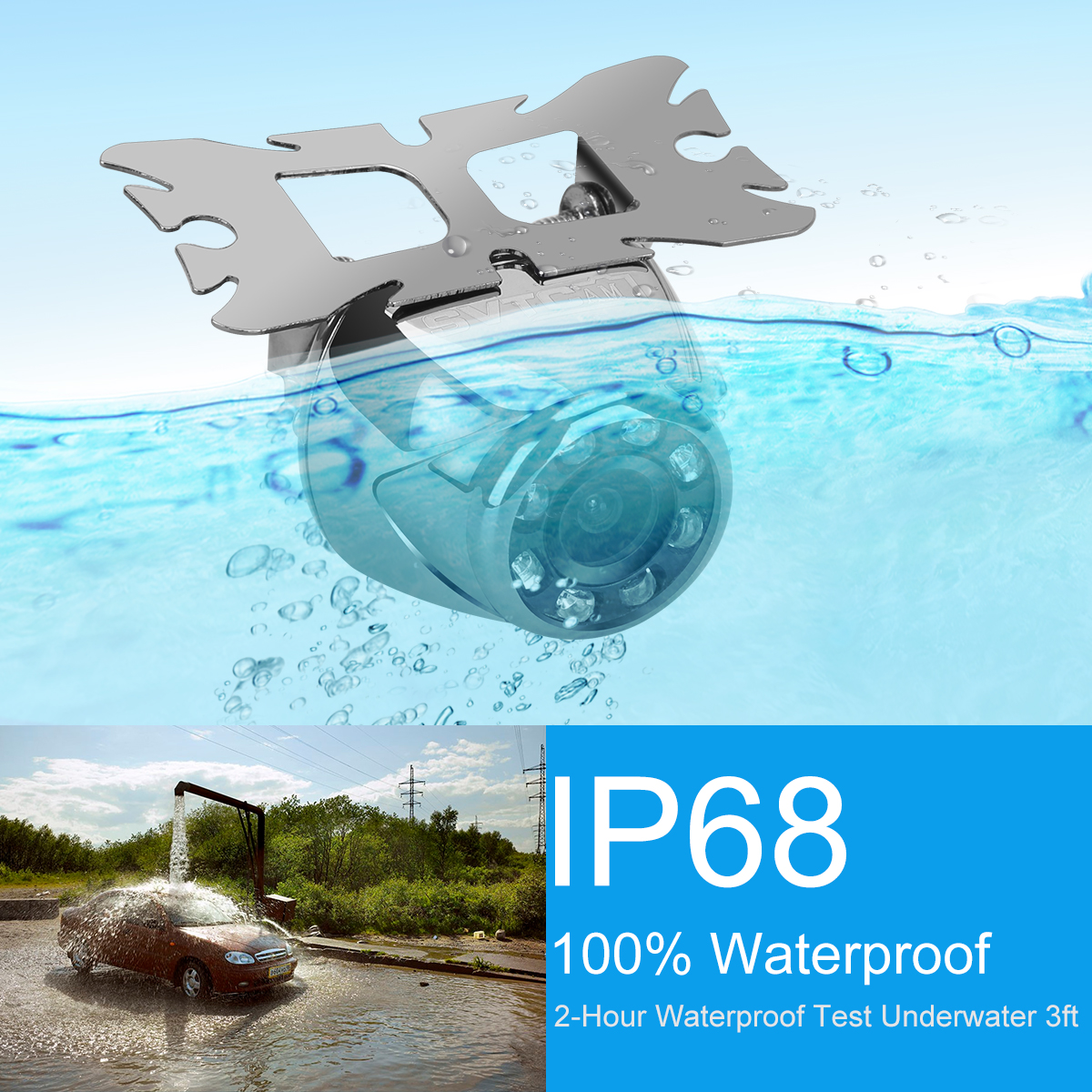The focus of cooperation between enterprises and research institutions is the reliability of vehicle safety functions Lane keeping systems, brake assist systems, and other in-vehicle highly complex microelectronic systems are reducing the number of serious traffic accidents. With the increasing number and complexity of such security systems, extremely high demands are placed on software and hardware components from different vendors. This means that the development of safety systems and their components needs to be better coordinated. This is exactly what the "VeTeSS" project led by Infineon Technologies AG will achieve. VeTeSS—that is, verification and testing support for safety standards—is dedicated to standard, reliable, and cost-effective development methods that help avoid errors in subcomponents that cause the entire safety system to fail. A total of 24 European partners from the automotive industry and related fields have participated in VeTeSS research projects. In addition to Infineon, the German partners of the project include the Fraunhofer Institute for Integrated Circuits IIS, TWT Technology Innovation Department, ikv ++ technologies AG and exida.com. The German Federal Ministry of Education and Research (BMBF) strongly supports this research project, providing it with 2.5 million euros in funding, and the European Union funding 3.2 million euros. The goal of VeTeSS project partners is to develop a new automated process for the development of safety systems and their sub-components in accordance with the requirements of ISO 26262. Relying on VeTeSS, the reliability and performance testing process of the safety system and its sub-components was standardized for the first time in the design stage. This creates conditions for correcting errors at the earliest possible stage and further improving the quality and durability of vehicle electrical and electronic safety systems. In addition, it also helps to reduce the risk of failures during the certification process-this is especially needed to prove the efficiency of safety systems. VeTeSS: New design approach to meet future automotive safety standards The ISO 26262 standard promulgated at the end of 2011 aims to ensure the increasingly complex functions of electrical and electronic systems responsible for vehicle safety. The standard defines the requirements for vehicle safety functions, including the development of development guidelines. Modern semiconductor technology can improve the system performance and energy efficiency of vehicle-mounted electronic control modules. In addition, they also promote the application of miniaturization of transistors, thereby achieving a more intelligent system. However, the increasing complexity increases the risk of design errors during development. Therefore, the electronic system and its sub-components need to be tested and verified throughout the development stage. So far, various manufacturers still use their own developed methods. However, the ISO 26262 standard establishes a standard and automatic test method-currently being developed by VeTeSS partners. This also allows sub-components to be certified individually or in specific systems, and then integrated into different systems-such as electric power steering systems, electronic stability control systems or anti-lock braking systems, etc., creating conditions. VeTeSS partner mission The internationally recognized certification body exida.com (Excellence in Dependable AutomaTIon GmbH) will share its expertise with project partners in the process of implementing the ISO 26262 standard, making VeTeSS research results suitable for various industrial applications. The Fraunhofer Institute IIS Institute of Design Automation EAS is currently developing various methods and tools for rapid evaluation of the entire system. The system includes smart sensor technology, an electronic control unit equipped with a microcontroller, and power electronics. As a supplier of analysis and design methods for the automotive industry, ikv ++ technologies is responsible for defining user needs and developing samples. According to the ISO 26262 standard, the Technology Innovation Department of TWT Co., Ltd. will contribute its expertise in the field of digital product development and develop complex simulation methods that can quickly and reliably identify potential errors. TWT is also responsible for requirements analysis based on ISO 26262-based information management. Infineon is mainly responsible for verifying hardware and software components and developing test software. The work of German partners in the European ARTEMIS project VeTeSS is inseparable and indispensable.
Universal Backup Camera can fit virtually any vehicle,such as SUV,PICKUP,RV,SEDEN. High definition image, Resolution: 420 TV lines; Effective
pixels: 628 X 586 pixels. low power consumption design . The waterproof car rearview backup camera with IP68 rating,means when mounted,it is fit to operate in almost all weather conditions. 170 degree image angle , make you parking and
reversing more convenient. Universal Backup Camera Universal Backup Camera,Wired Mental Backup Camera,Car Backup Camera,Oem Backup Camera Shenzhen Sunveytech Co.,LTD , https://www.sunveytech.com